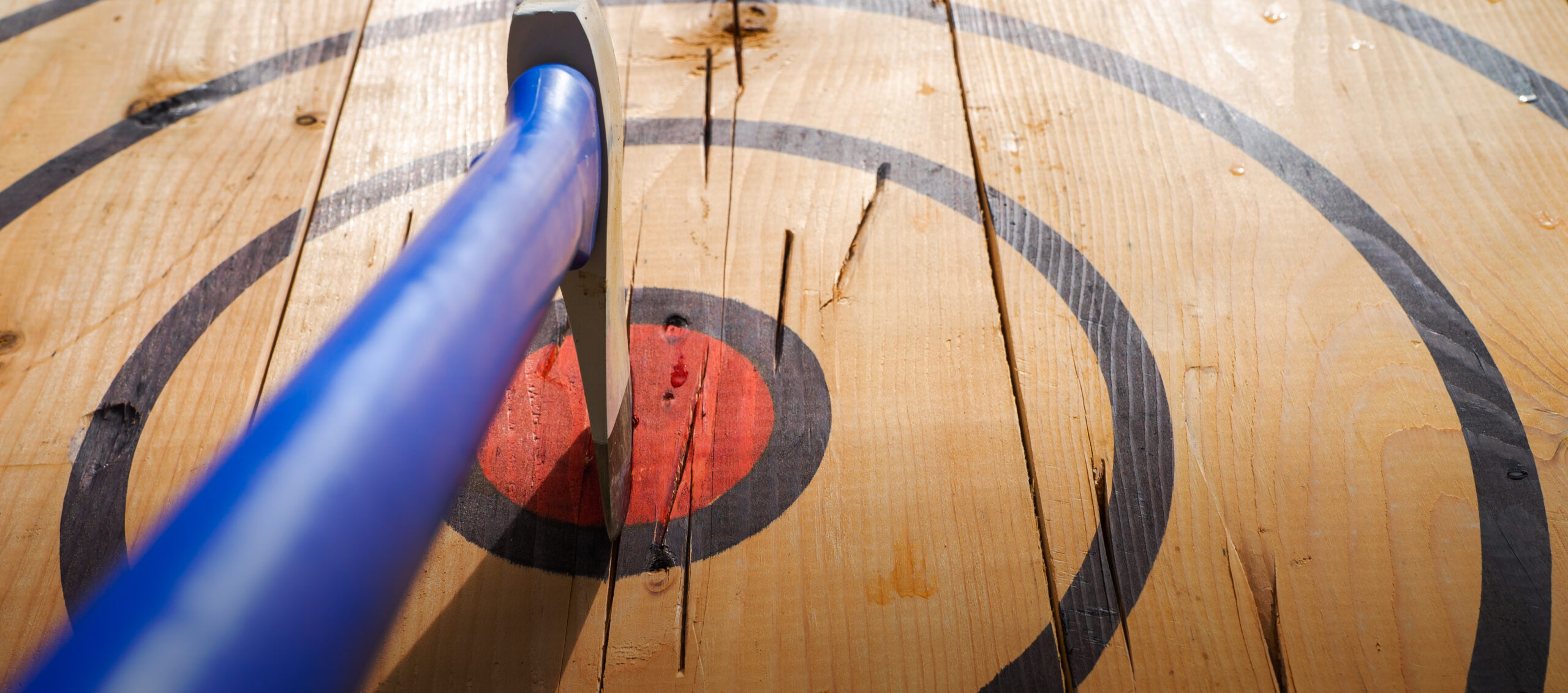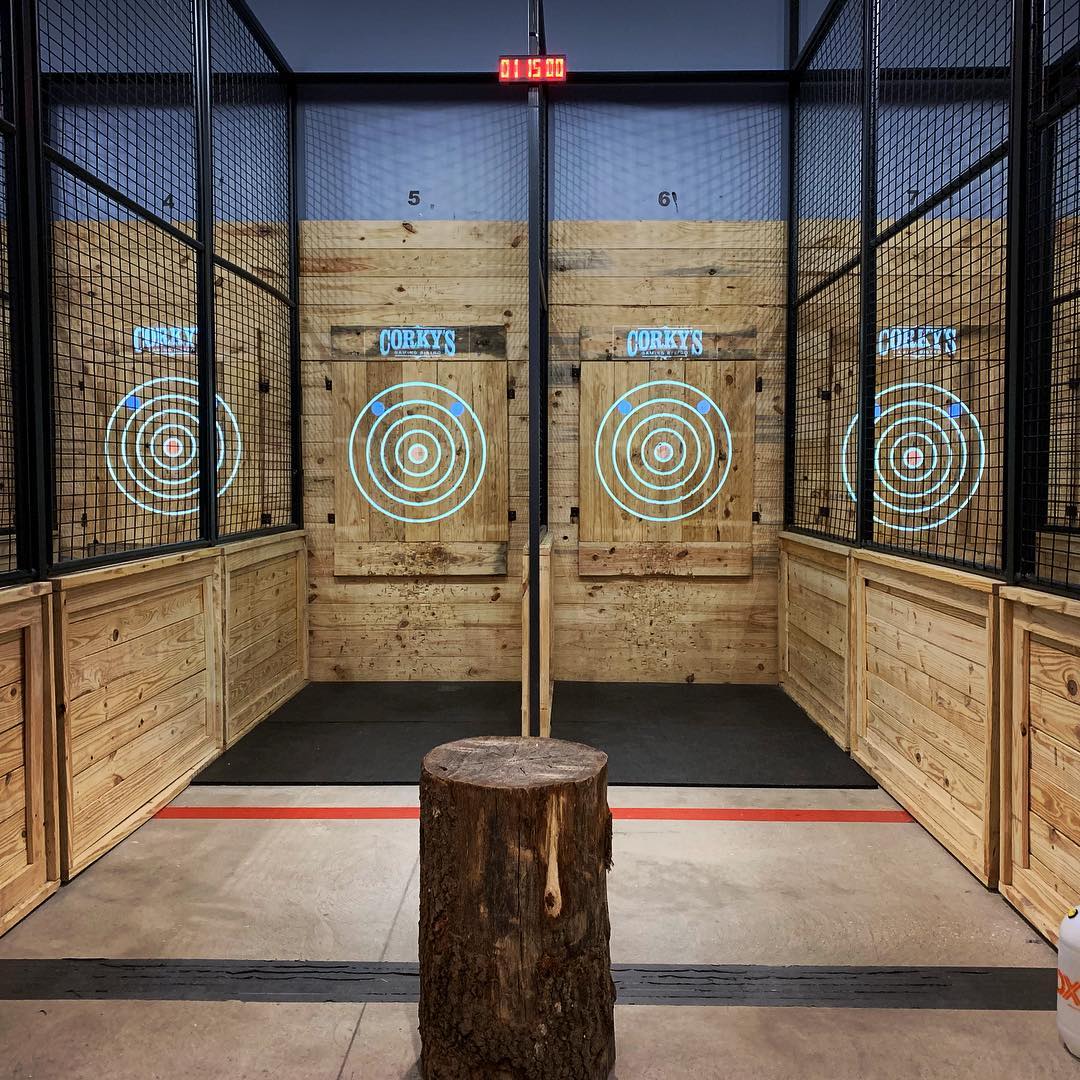The Fun of Axe Throwing: How This Sport Incorporates Ability and Adrenaline for a Good Time
Axe throwing has emerged as a captivating sport that masterfully links the demand for specific skill with the thrill of adrenaline, offering participants a unique and engaging experience. The act of hurling an axe towards a target demands concentration and strategy, all at once promoting an environment of camaraderie and pleasant competition.
The Origins of Axe Throwing
Axe throwing, a leisure activity that has actually gained substantial popularity in recent years, traces its origins back to ancient times. The earliest documents of axe usage in affordable contexts are found among the Celts and Vikings, that threw axes for sport as well as in fight training.
Middle ages European warriors, especially throughout the Middle Ages, practiced axe throwing as component of their martial training. The Francisca, a type of tossing axe made use of by the Franks, came to be famous for its harmful precision. This conventional weapon was created to be thrown at opponent guards and shield, showcasing its twin utility in both sport and fight.
In more current history, axe tossing saw a rebirth in the logging camps of The United States and copyright in the 20th and 19th centuries. Lumberjacks would participate in pleasant competition, checking their precision and stamina by targeting at wooden targets. This advancement from a survival skill to a recreational activity has led the way for its modern rebirth, with specialized places and organizations currently celebrating the sport globally.
Devices You Need
Comprehending the rich background of axe throwing improves the admiration of the sporting activity's modern version. Central to this thrilling activity is the tools, which is important for both security and efficiency. The key device is, naturally, the axe. For affordable and recreational axe tossing, one of the most typically used type is the hatchet, generally weighing between 1.25 to 2 extra pounds with a take care of size of around 16 inches. The axe should have a sharp, well-maintained blade and a handle made from sturdy wood or composite product, making sure a great grip and balance.
Just as essential is the target. Law targets are built from timber, with softwood varieties like pine or cottonwood being liked for their ability to hold the axe and take in. The target is normally separated right into five concentric circles, each with a certain factor worth, to help with rating.
Security equipment, however often forgotten, is critical. Protective gloves can improve grip and protect against sores, while closed-toed footwear are a must to protect feet from dropped axes (ax throwing denver). Lastly, a well-lit, spacious tossing location, complete with safety and security barriers, makes certain a regulated environment where participants can focus on honing their skills.
Standard Techniques Described
Grasping the essential strategies of axe throwing is essential for both security and efficiency. The dominant hand needs to be placed straight listed below the axe head, while the non-dominant hand sustains the end of the manage.
Your dominant foot must be somewhat ahead, aligning with your target. This positioning aids in keeping security and routing power accurately towards the target.

Safety First
Making sure safety in axe throwing is extremely important to developing a enjoyable and injury-free experience. Security gauges begin with the venue layout. A well-designed axe tossing facility functions clear demarcations between tossing lanes, durable backdrops to capture roaming axes, and non-slip floor covering to stop mishaps. Furthermore, ample lights is crucial to help participants preserve visual precision link and spatial awareness.
Benefits of Axe Throwing
Axe tossing deals a myriad of benefits that extend past basic entertainment. Literally, it Home Page offers a full-body workout, engaging muscle mass in the arms, shoulders, back, and core. The repeated motion of throwing the axe likewise improves hand-eye control and fine electric motor skills. For those aiming to boost their total physical fitness, axe throwing can function as a vibrant and interesting kind of workout.
Emotionally, axe tossing needs precision, technique, and focus, making it an excellent means to sharpen cognitive abilities. The focus needed to hit the target can work as a form of mindfulness, allowing individuals to remove their minds and decrease stress. This psychological involvement can be specifically helpful in assisting individuals develop much better analytic skills and mental strength.
Socially, axe throwing is frequently enjoyed in group setups, cultivating team-building and friendship. Whether as part of a company event or an informal getaway with good friends, the sport discover this urges interaction and cooperation. Furthermore, the public experience of learning and enhancing together can reinforce connections and produce enduring memories.
Conclusion

The earliest documents of axe use in affordable contexts are located amongst the Celts and Vikings, who tossed axes for sporting activity as well as in fight training. Launch the axe when your hands are roughly at eye level, allowing the axe's natural rotation to guide it towards the target.
A properly designed axe tossing facility features clear demarcations between tossing lanes, durable backdrops to catch stray axes, and non-slip flooring to prevent accidents. Participants have to be advised on the right method to toss the axe and manage, highlighting managed, intentional activities over strong tosses.
In summary, axe throwing stands out as a sport that masterfully integrates adrenaline, ability, and accuracy.